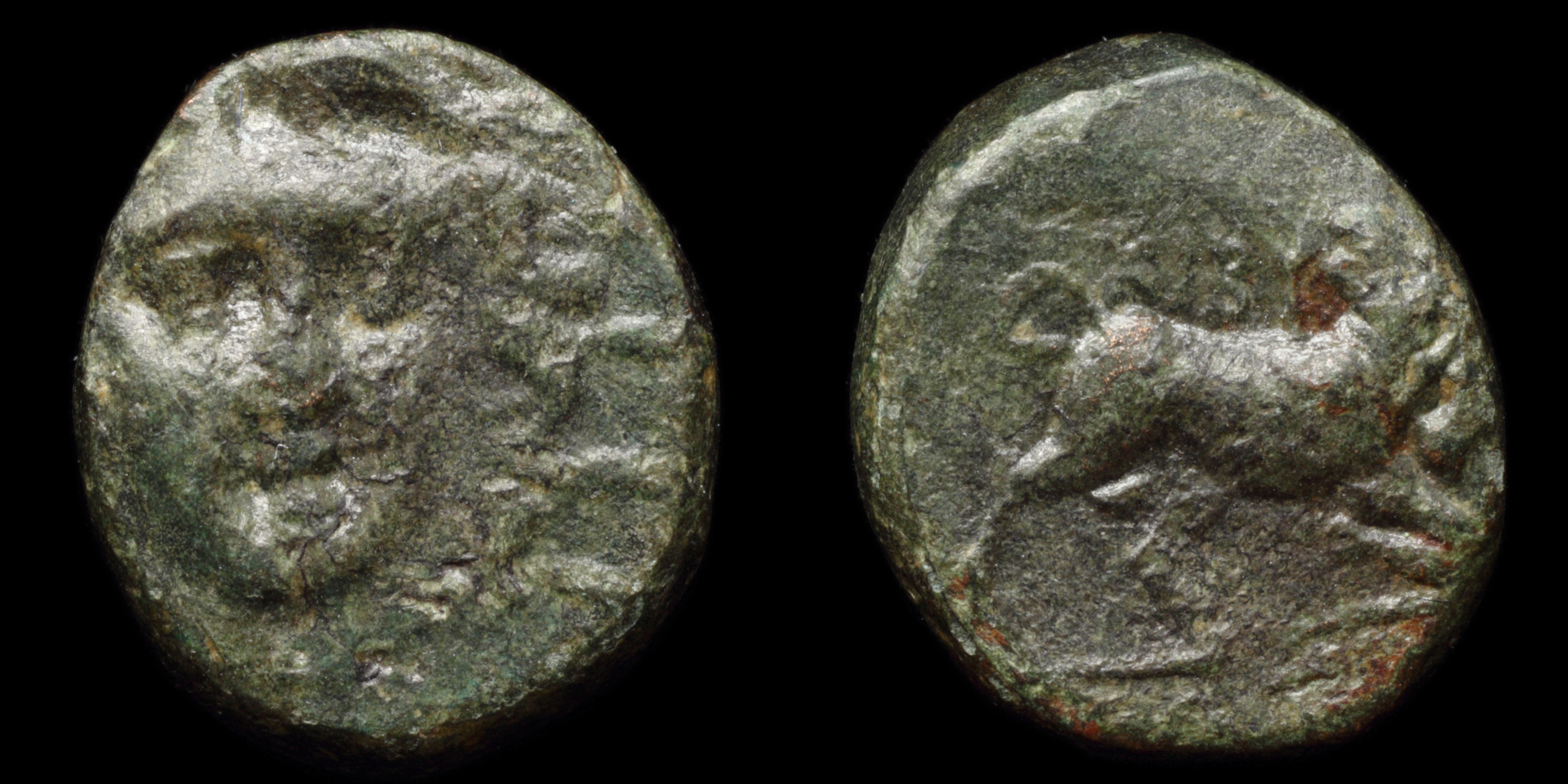Kibyra is located at the intersection of ancient Lycia, Caria, Pisidia and Phrygia. Pliny states that the town of Cibyra belonged to Phrygia. This, like many other of the Roman political arrangements, was quite at variance with the physical divisions of the country. It was the chief city of a district Cibyratis.
It grew powerful under a good constitution, and the villages extended from Pisidia and the adjoining Milyas into Lycia, and to the Peraea of the Rhodians. When the three neighbouring towns of Bubon, Balubura, and Oenoanda were joined to it, this confederation was called Tetrapolis. Each town had one vote, but Cibyra had two votes; for Cibyra alone could muster 30,000 infantry and 2000 cavalry. It was always under tyrants, but the government was moderate.
The tetrapolis formed under the leadership of Kibyra during the 2nd century BC, was dissolved by the Roman general Lucius Licinius Murena in 83 BC, at the time of the First Mithridatic War.
Under the Romans, Cibyra was a place of great trade, as it appears. Its position, however, does not seem very favourable for commerce, for it is neither on the sea nor on a great road. We may conclude, however, that the Roman negotiatores and mercatores found something to do here, and probably the grain of the valley of the Indus and the wool and iron of Cibyra might furnish articles of commerce. Iron ore is plentiful in the Cibyratis. Cibyra was much damaged by an earthquake in 23AD. Tiberius recommended a Senatus Consultum to be enacted for relieving it from payment of taxes (tributum) for three years.
It grew powerful under a good constitution, and the villages extended from Pisidia and the adjoining Milyas into Lycia, and to the Peraea of the Rhodians. When the three neighbouring towns of Bubon, Balubura, and Oenoanda were joined to it, this confederation was called Tetrapolis. Each town had one vote, but Cibyra had two votes; for Cibyra alone could muster 30,000 infantry and 2000 cavalry. It was always under tyrants, but the government was moderate.
The tetrapolis formed under the leadership of Kibyra during the 2nd century BC, was dissolved by the Roman general Lucius Licinius Murena in 83 BC, at the time of the First Mithridatic War.
Under the Romans, Cibyra was a place of great trade, as it appears. Its position, however, does not seem very favourable for commerce, for it is neither on the sea nor on a great road. We may conclude, however, that the Roman negotiatores and mercatores found something to do here, and probably the grain of the valley of the Indus and the wool and iron of Cibyra might furnish articles of commerce. Iron ore is plentiful in the Cibyratis. Cibyra was much damaged by an earthquake in 23AD. Tiberius recommended a Senatus Consultum to be enacted for relieving it from payment of taxes (tributum) for three years.
Modern location: ruins near Gölhisar, Turkey

